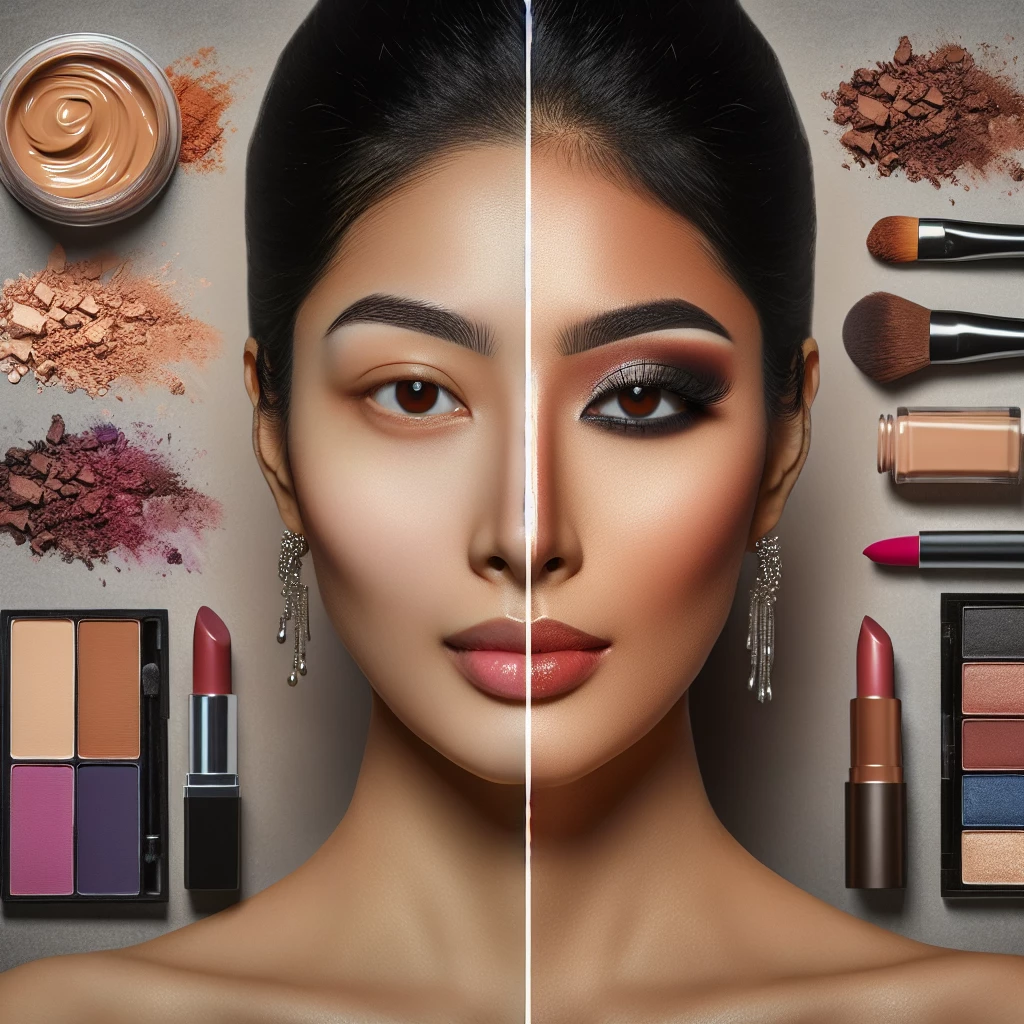Color correcting is more than a trendy makeup technique. It's an essential beauty enhancement strategy that can radically transform your skin tone and overall complexion. By understanding the science behind this method, you can effectively use color correctors to counteract various skin concerns. This guide will give you an insight into the power of color correcting, how it works, and how you can integrate it into your makeup routine.
Understanding Color Correcting: The Basics
Color correcting relies on the basic principles of the color wheel, where opposite colors neutralize each other. It is a targeted makeup technique used to counteract discolorations and balance your skin tone. This method involves using color correctors in green, purple, pink, yellow, peach, and more.
These shades might appear unconventional compared to your standard foundation or concealer, but they serve different purposes. Besides serving as a base for your makeup application, it targets specific skin concerns like redness, dullness, under-eye circles, and hyperpigmentation.
For instance, a green color corrector will help neutralize redness, which is useful if you're dealing with acne or rosacea. On the other hand, peach or salmon shades are perfect for tackling dark circles or spots, especially on fair to medium skin tones.
Choosing the Right Color Corrector
The first step in perfecting color correction technique is choosing the right color corrector for your specific skin concern. This decision is primarily guided by your skin's undertones and the type of discoloration you have.
For instance, if you have a darker complexion and struggle with hyperpigmentation, an orange or red color corrector will be your best ally. On the other hand, if you're dealing with dull and tired-looking complexion, a purple or lavender corrector will help to neutralize the yellowness and brighten your skin.
However, it is essential to remember that while these color-correcting guidelines generally apply, everyone's skin is unique. Therefore, you should experiment to find what works best for your skin.
Applying Color Corrector: Tips and Techniques
Before applying the color corrector, cleanse, and prep your skin by applying a moisturizer and a primer. This ensures that your makeup will go on smoothly and last longer. Apply the color corrector in thin layers on the specific areas of concern rather than all over the face.
Use a small, flat brush for precise application and a damp makeup sponge to blend. Remember to apply your regular concealer or foundation on top in order to neutralize the color of the corrector.
Finally, for best results, it's crucial not to go overboard. Remember, the goal is to neutralize, not to completely mask your skin. Subtlety is key in achieving a natural, flawless look.
Embracing color correcting in your makeup routine can significantly enhance your look, giving you a more even, balanced and glowing complexion. Like mastering any makeup technique, it requires a good understanding of the concept, dedicated practice, and the right tools. Remember, color correcting is about enhancing your natural beauty - so have fun, experiment, and find the perfect balance that works for your unique skin tone.

Five-Minutes Makeup Hacks
In search of a quick and reliable makeup routine? Discover our top five-minute makeup tips.

Introduction to Organic Beauty Products
A deep dive into the pros and cons of incorporating organic beauty products into your daily makeup routine.

Transition Makeup from Day to Night
Discover effective tips for ensuring your makeup transitions smoothly from day to night.

Mastering the Monochromatic Look
Uncover the secrets to nailing the trendiest monochromatic makeup looks with our step by step guide.
